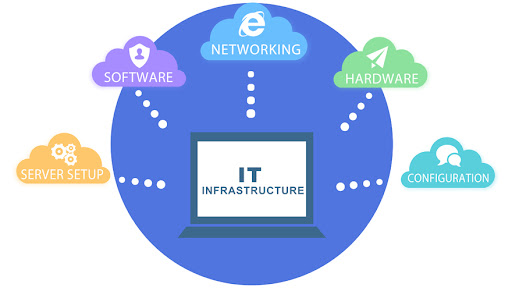IT Project Management
In IT, projects have become more complex as technologies rapidly change and end-users demand greater ease-of-use and flexibility. For an IT project manager to achieve their objectives, it is imperative that these initiatives are completed on time and on budget.

Discover what it means to manage IT projects, common challenges faced by IT project managers, and tips to make your next IT project a success. You’ll also find helpful resources, like guides and free templates.

IT project management (ITPM) is the process of managing the plan, organization, and accountability to achieve information technology goals. Since the reach of IT spans across most of a business or enterprise, the scope of these projects can be large and complex.
The magnitude of IT project management often means that it’s more than just applying knowledge, aligning skills, and using regular tools and techniques to drive a project to completion. IT project managers deal with the challenges of interdependent integrations, rapid technology upgrades, and version changes that can occur throughout the project timeline.
Six Phases of an IT Project
The six phases of an IT project are based on the six phases of project management, which are used in conjunction with the IT phases to manage the project. They are as follows:
Initiation
During the first phase of an IT project, one must ask “why is this project needed?”—in other words, the objective of the project must be identified. Then, a project proposal, including a business plan, that meets the needs of the project must be written. In addition, a feasibility study might be conducted to ensure the proposal is airtight.
Definition
After the project proposal has been approved, the project moves into the definition phase. This is where the objectives of the project are finalized and the requirements for a successful project are identified. The project scope can also be outlined, and a project plan may be created during this phase. Budgets are also set, and resources are determined.
Design
The design phase of an IT project is when the project team sets out to find the best solution for achieving their goal. This includes creating multiple designs and prototypes. Once a suitable design has been chosen, specifications for the development team are created and shared.
Development
The development phase is when the development team is assigned tasks andproject management tools are selected. Additionally, technicalities are outlined, raw materials are requested and so on. The main goal of this phase is to make the entire plan as crystal clear as possible to avoid issues in the implementation phase.
Implementation
The implementation phase is where the final deliverable of the IT project is developed; unsurprisingly, this is often the longest phase of the project. The project team sets out to complete their tasks, while the manager monitors and controls the work, resources, cost, quality and risk.
Follow Up
Finally, once the implementation phase is complete, the final project is delivered to the customer/client/stakeholder. The follow up phase is all the work that comes after the project is delivered, and includes setting up support teams, training the end-users, creating a postmortem and ultimately ending the project.
Most IT projects and their phases are managed with a traditional, structured waterfall methodology. Anagile framework, though, can minimize risk when adding functionality. DevOps deployment can be a good fit within an organizational culture. Rapid application development (RAD) is a low-investment, high-quality process.




